Time to read:11 minutes
Table of Contents
Introduction to Baking and Air Frying Cookies
When it comes to making cookies, many wonder: is it better to bake or air fry cookies? This question sparks debates about taste, texture, and health benefits. Both methods have unique advantages and fit different lifestyles. To find the best way, it’s essential to explore each method in detail.
Why People Debate Baking vs. Air Frying
Choosing between baking and air frying often depends on priorities. Some prefer traditional baking for its even results and nostalgic flavor. Others favor air frying for its speed and health advantages. Here’s why this debate matters:
- Taste and Texture: Fans of baked cookies appreciate their classic softness and chewiness. Air-fried cookies, however, may offer a crisper texture, which some find appealing.
- Health Considerations: Air frying uses less oil, making it an excellent choice for healthier cookies. Baking may involve more butter or oil, depending on the recipe.
- Convenience: Air fryers heat up quickly and are easier to clean. Ovens, while slower, can handle larger batches of cookies at once.
Whether you choose to bake or air fry depends on your goals and the tools you have.
Overview of Cookie-Making Methods
Cookies have been a favorite treat for centuries. The method you choose can affect how your cookies turn out. Here’s an overview of the two main approaches:
Traditional Baking in an Oven
Baking cookies in an oven is the most popular and widely known method. Here’s how it works:
- Preheat the oven to the temperature specified in the recipe.
- Prepare the cookie dough and arrange it on a baking sheet lined with parchment paper.
- Bake the cookies until they turn golden brown.
Advantages of Baking:
- Consistent results thanks to steady heat.
- Perfect for large batches, as most ovens hold several trays.
- Allows for even spreading, creating soft and chewy cookies.
Baking is ideal for traditional recipes like chocolate chip cookies or oatmeal cookies. You can find great oven cookie recipes here.
Benefits of Air Frying Cookies
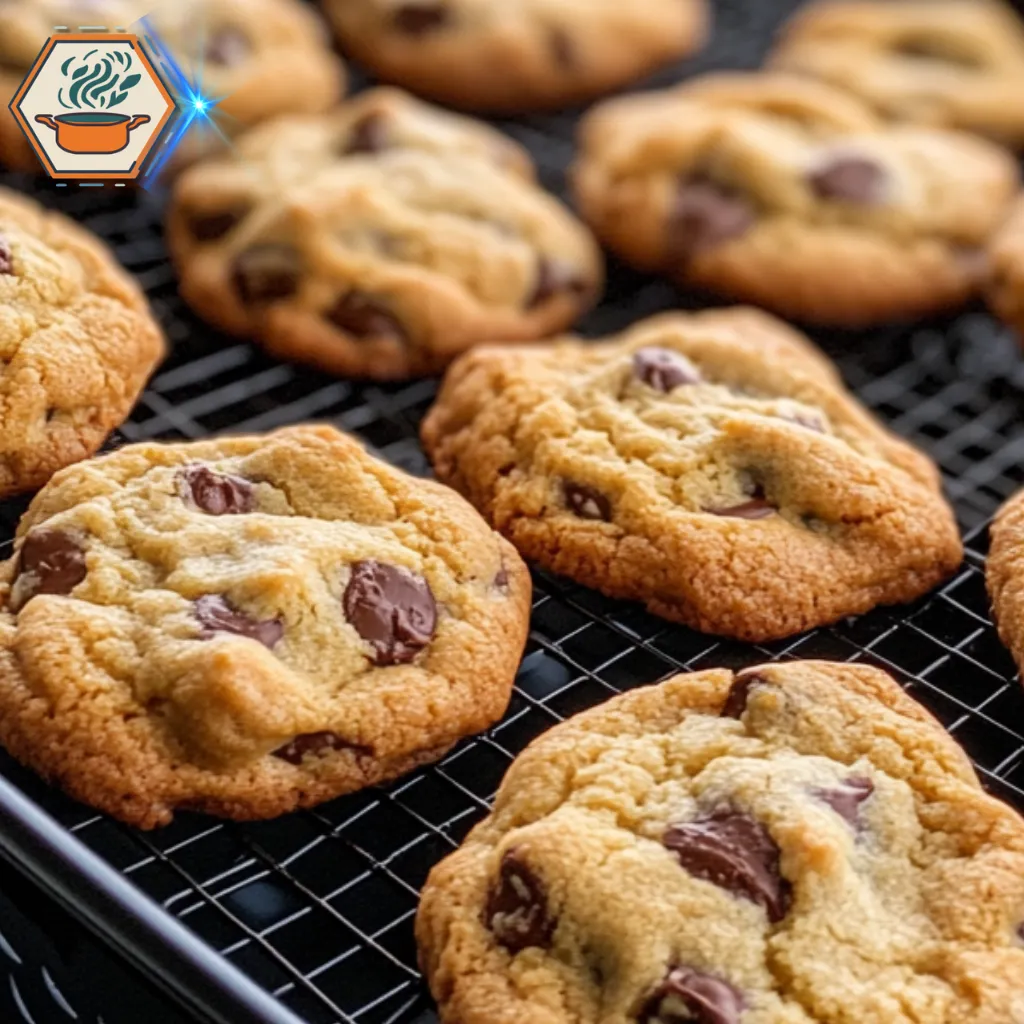
Air frying is a newer method gaining popularity. It involves cooking cookies in a small appliance that circulates hot air around the food.
Key Benefits:
- Faster cooking times since air fryers preheat quickly.
- No need for large ovens, which saves energy.
- Requires less oil, making cookies healthier.
Air fryers are excellent for recipes that call for crisp edges, like peanut butter cookies. They’re also great for small batches or when you’re short on time.
What Factors Impact Cookie Texture and Taste?
The way you bake or air fry cookies can significantly change their taste and texture.
- Dough Composition: The ratio of butter, sugar, and flour determines if cookies are soft or crispy.
- Temperature Control: Baking at lower temperatures produces soft cookies, while high heat leads to crispy ones. Air fryers may cook unevenly if not set correctly.
- Moisture Levels: Ovens retain more moisture, which helps create soft cookies. Air fryers may dry out cookies without adjustments.
To get the best results, experiment with small batches and adjust the settings.
Introduction to Nutritional Differences
Many people consider health when deciding whether to bake or air fry. Air fryers generally require less fat, which reduces calorie intake. However, the nutritional profile also depends on the recipe.
- Baked Cookies: Recipes often call for butter or oil, which adds fat but also enhances flavor.
- Air-Fried Cookies: Less oil is needed, resulting in fewer calories but potentially a drier texture.
Cookies baked in an oven may contain more sugars and fats but have a richer flavor. In contrast, air-fried cookies are lighter but might lack depth in taste.
For more tips on reducing fat in your recipes, consider exploring the British Heart Foundation’s guide on healthier baking.
British Heart Foundation This resource offers practical advice to make your baking healthier without compromising on taste.
By understanding these methods, you’ll be ready to create cookies tailored to your taste and health preferences. Each method has its place, and choosing one depends on what matters most to you.
Baking Cookies in an Oven: A Comprehensive Guide
When deciding whether to bake or air fry cookies, baking in an oven stands out for its traditional and reliable results. This method is ideal for creating cookies with a perfect balance of texture and flavor. Below, we delve into the steps, benefits, and common challenges of baking cookies in an oven.
Step-by-Step Guide to Baking Cookies
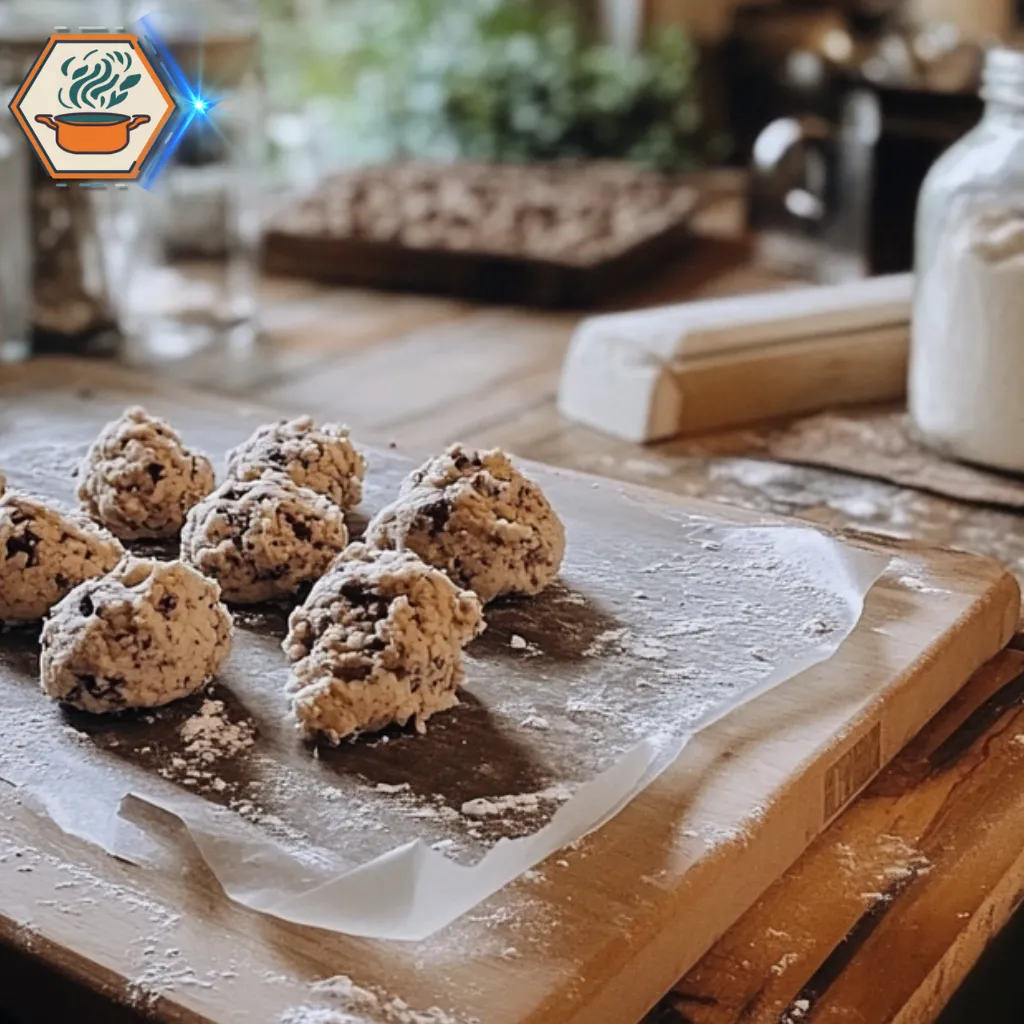
1. Preparing the Dough
Before anything else, ensure your dough is properly prepared.
- Use room-temperature butter for a smooth mixture.
- Mix wet and dry ingredients in separate bowls before combining.
- Avoid overmixing the dough to prevent tough cookies.
For an in-depth guide on cookie dough preparation, refer to this resource on keeping madeleines moist.
2. Setting Up the Oven
Proper oven setup ensures evenly baked cookies.
- Preheat the oven to the recipe’s recommended temperature (typically 350°F to 375°F).
- Place the baking tray on the middle rack for even heat distribution.
- Use parchment paper or silicone mats to prevent sticking and simplify cleanup.
3. Tips for Achieving Perfect Results
Mastering the art of oven baking requires attention to detail:
- Measure ingredients accurately to maintain consistency.
- Rotate the baking tray halfway through for uniform results.
- Keep a close eye on baking times to avoid overcooking.
For even more tips, check out our article on keeping pancakes crispy.
Advantages of Baking
1. Consistent Results
Baking cookies in an oven offers precise temperature control, ensuring predictable results every time. This consistency makes it a preferred choice for large-scale cookie production.
2. Larger Batch Sizes
Ovens allow you to bake multiple trays at once. This feature is especially beneficial for parties, holidays, or when preparing cookies for events.
Common Challenges
1. Uneven Baking
Uneven baking is a frequent issue, often caused by:
- Poor oven calibration.
- Crowded baking trays.
- Not rotating trays during baking.
2. Energy Consumption
Ovens can consume significant amounts of energy, especially when baking multiple batches. Energy-efficient models or alternative methods may help reduce this impact.
Popular Oven Recipes for Cookies
1. Chocolate Chip Cookies
Classic chocolate chip cookies remain a favorite for all ages. The balance of crispy edges and gooey centers is achievable with proper oven baking techniques.
2. Oatmeal Cookies
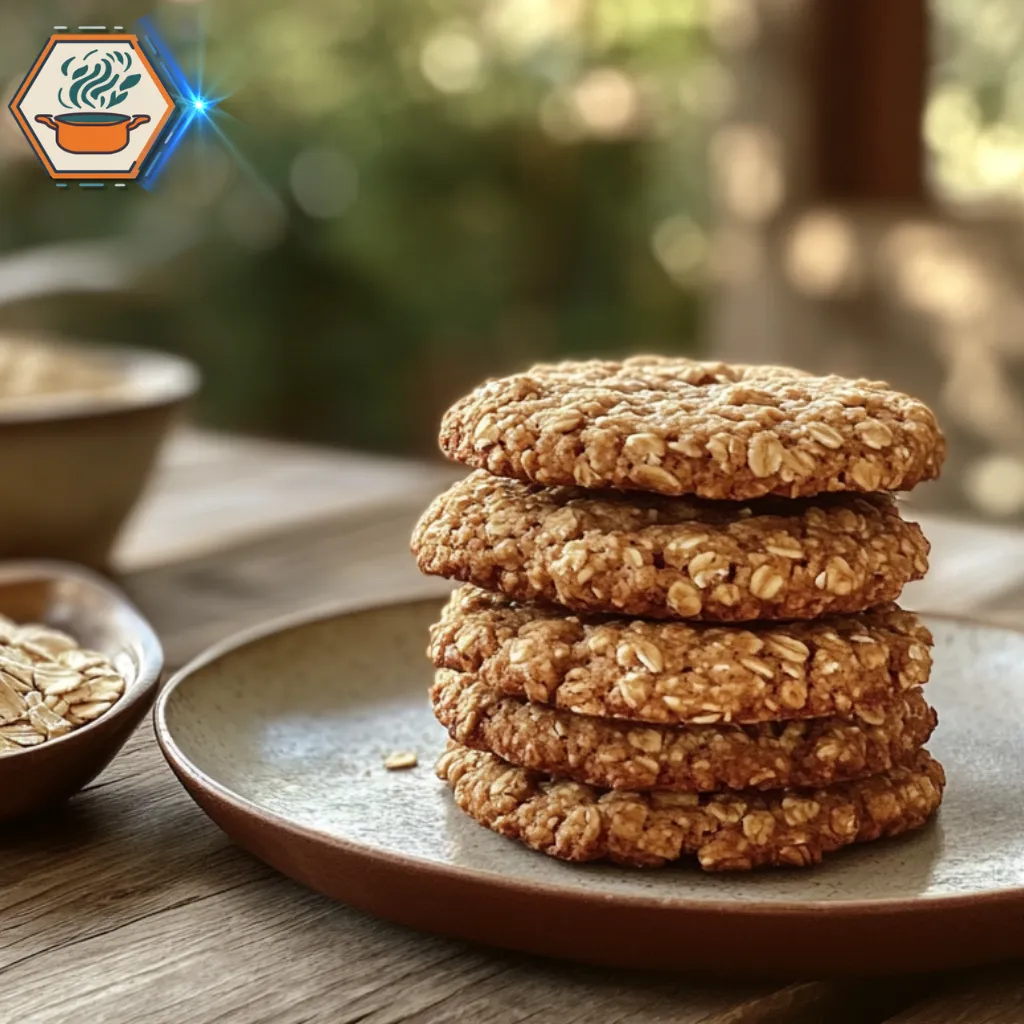
These wholesome treats combine oats, cinnamon, and raisins. The oven’s consistent heat brings out their chewy texture and rich flavor.
For more inspiration on creating baked goods, visit RecipesMind’s baking section.
Using an oven to bake or air fry cookies offers a traditional approach that’s hard to beat. Baking ensures consistent results and allows for larger batches, making it a go-to choice for cookie enthusiasts worldwide.
Making Cookies with an Air Fryer
Air fryers have revolutionized home baking, offering a fast and healthier way to create delicious treats. For those wondering whether to bake or air fry cookies, air fryers can be an excellent alternative to traditional ovens. They provide consistent results while using less energy and time. Let’s explore how air fryers work for cookies, the accessories needed, and the benefits of this method.
How Air Fryers Work for Cookies
Air fryers operate by circulating hot air around the food, mimicking the effect of deep frying without submerging it in oil. This process makes them perfect for achieving crispy and golden-brown textures. When it comes to cookies, air fryers ensure even baking as long as you follow the correct temperature settings.
Temperature Settings and Timings
- Preheat your air fryer to 325°F (163°C) for cookies.
- Bake the cookies for 8–10 minutes, checking frequently to avoid overcooking.
- Use parchment paper to prevent sticking and to make cleanup easy.
Adjust the temperature based on the thickness of the cookie dough. Keep an eye out to avoid burning edges, as air fryers cook faster than ovens.
Required Accessories for Air Frying Cookies
- Silicone Baking Mats: Perfect for holding cookie dough and are reusable.
- Perforated Parchment Paper: Allows hot air to circulate while keeping cookies from sticking.
- Tongs or Spatulas: Useful for removing cookies without breaking them.
Benefits of Air Frying Cookies
Air frying cookies comes with several advantages, making it an attractive choice for home bakers.
Healthier Options with Less Fat
Unlike traditional baking, where extra grease or oil is sometimes added, air frying requires no additional fats. This can result in cookies with fewer calories and less saturated fat.
Quick Preparation Time
Air fryers heat up much faster than conventional ovens. This reduces total cooking time, meaning you can enjoy fresh cookies sooner. Additionally, preheating usually takes just 2–3 minutes.
Downsides of Air Frying Cookies
While air frying cookies offers great convenience, there are a few limitations to consider.
Smaller Capacity
Most air fryers have a limited space, which means you can bake fewer cookies per batch. This might require multiple cycles if you’re preparing for a large gathering.
Potential for Uneven Cooking
Due to the confined space and strong airflow, some cookies may cook faster than others. Rotating the tray midway can help prevent uneven results.
Air Fryer Cookie Recipes
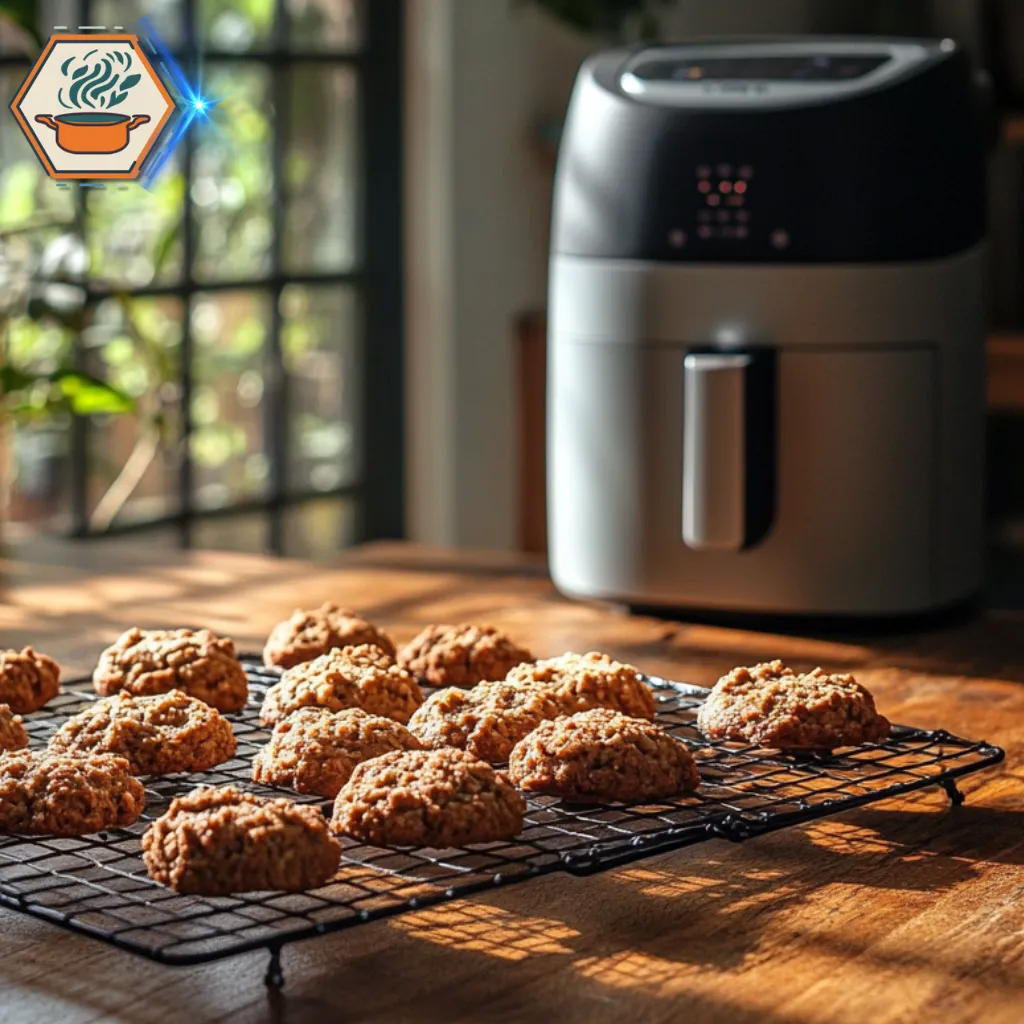
For a hands-on experience, here are two simple recipes you can try in your air fryer.
Peanut Butter Cookies
Ingredients:
- 1 cup peanut butter
- 1/2 cup granulated sugar
- 1 large egg
Instructions:
- Mix all ingredients until smooth.
- Form small balls and flatten them with a fork.
- Place in the air fryer basket lined with parchment paper.
- Bake at 325°F for 8 minutes.
Related Recipe: Perfect Meatloaf Every Time
Sugar Cookies
Ingredients:
- 2 3/4 cups all-purpose flour
- 1 tsp baking soda
- 1/2 tsp baking powder
- 1 cup butter
- 1 1/2 cups sugar
- 1 egg
- 1 tsp vanilla extract
Instructions:
- Cream butter and sugar, then add the egg and vanilla.
- Combine dry ingredients and gradually mix into the wet mixture.
- Form small discs and place them in the air fryer.
- Bake at 325°F for 9 minutes, checking for golden edges.
For more tips on crispy textures, visit How to Make Crispy Pancakes.
Comparison Between Baking and Air Frying: A Detailed Guide
When deciding whether to bake or air fry your favorite dishes, understanding the differences between these cooking methods can help you make the best choice. In this section, we’ll compare their impact on taste, texture, cooking time, and health benefits to guide your decision.
Side-by-Side Analysis: Baking vs. Air Frying
Both baking and air frying are popular methods for preparing delicious, healthier meals. However, each offers unique advantages depending on the dish and your preferences.
Taste, Texture, and Appearance
- Baking:
Baking produces a more even, consistent finish. For example, cookies baked in an oven often have a slightly crispy edge with a soft, gooey center. This method is also better suited for dishes requiring a caramelized or golden exterior, like casseroles or pastries. - Air Frying:
Air fryers use rapid hot air circulation to mimic the crispiness of frying. Foods like fries, chicken wings, or even air-fried cookies develop a crunchy texture on the outside while staying moist inside. However, air frying can sometimes dry out dishes that need gradual cooking, like cakes.
Cooking Time and Energy Efficiency
- Baking:
Baking in a conventional oven takes longer due to the preheating time and slower cooking process. While ideal for large batches, baking is less energy-efficient because ovens consume significant power.- Example: A tray of cookies may take 12-15 minutes in the oven.
- Air Frying:
Air fryers are faster and more energy-efficient since they heat up almost instantly. They are perfect for small portions or quick snacks.- Example: Cookies in an air fryer take about 8-10 minutes, saving both time and electricity.
Health Benefits of Each Method
- Baking:
Baking is often associated with low-fat cooking since it doesn’t require additional oil. This method is ideal for dishes like whole-grain bread or vegetable casseroles, which retain their natural nutrients without added calories. - Air Frying:
Air fryers can replicate the taste of fried foods using minimal oil, reducing fat content by up to 70-80%. This makes air frying a healthier choice for crispy dishes like fries or chicken nuggets.
When to Choose Baking Over Air Frying
Baking is the better choice for recipes that require:
- Gradual cooking, such as cakes, bread, and lasagna.
- Larger portions that wouldn’t fit in an air fryer basket.
- Precise temperature control, especially for delicate desserts.
👉 For more insights on baking techniques, check out our guide to perfecting a classic meatloaf every time.
When to Opt for Air Frying Instead
Air frying is ideal for:
- Quick meals or snacks like air-fried fries, chicken tenders, or small cookie batches.
- Foods where you desire crispiness without the added calories from deep frying.
- Compact cooking, especially in smaller kitchens or during busy schedules.
🌐For a comprehensive understanding of the science behind air frying, consider exploring Britannica’s article on convection. This resource delves into the principles of heat transfer through fluid movement, which is fundamental to the operation of air fryers.

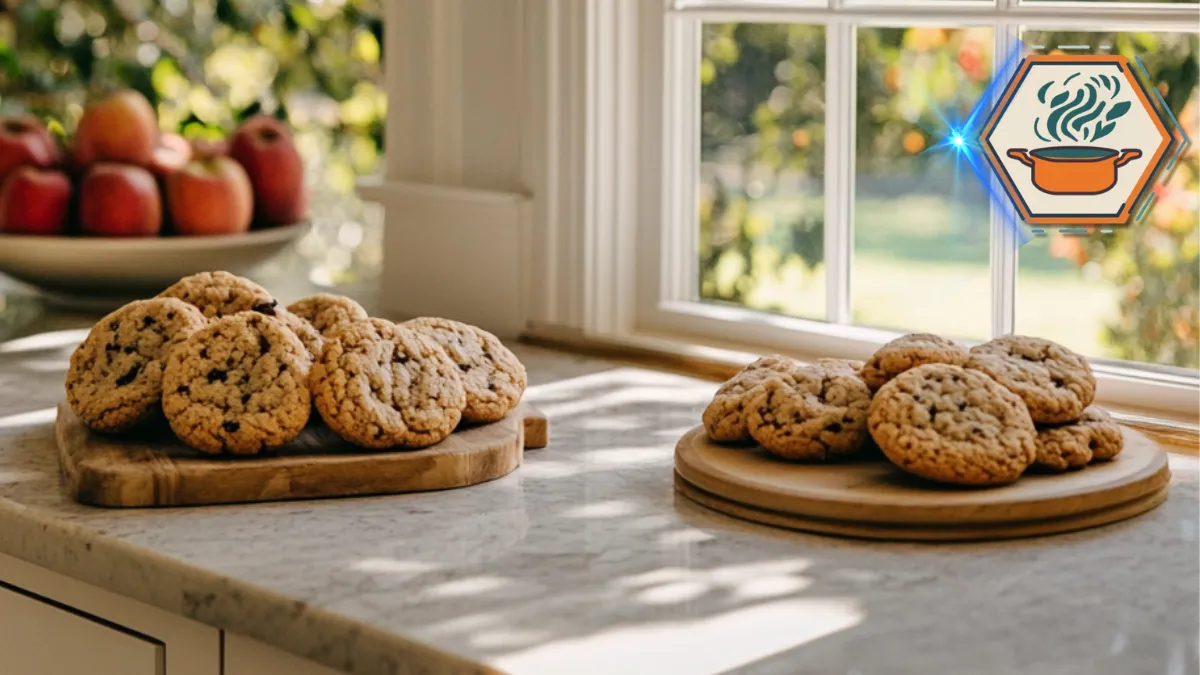
1 thought on “Is it better to bake or air fry cookies?”